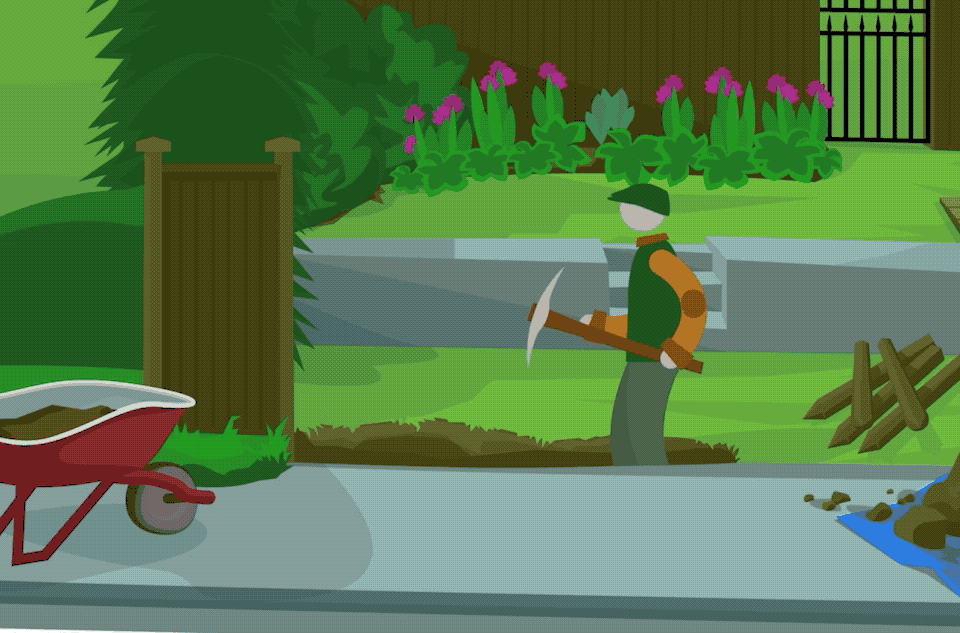

Ferngully animated gif machine full#
Focusing on full cartoons would create a bias in the favor of studios with the resources to produce theatrical features - but history has shown that many landmark achievements in animation have been produced with a variety of budgets, formats, and lengths. We chose the deliberately flexible element of a “sequence” because it felt the most focused: It is often in one inspired moment, more so than a single frame or entire work, that we are able to see the form progress. To capture an idea of that power and to narrate its history, we have charted the evolution of animation by considering 100 sequences throughout the medium’s history. Today, vast audiences understand what artists like McLaren were observing: that the invisible holds a marvelous power over us. The characters and intellectual properties it has drawn into existence are as relatable as Daffy Duck and as lucrative as Mickey Mouse. The medium that began to crawl thanks to the live performances of inventor Charles-Émile Reynaud and illusionist Georges Méliès has now matured into a complex and diverse art form - one that has seen new processes and cultural innovations in every decade since its inception. Animated cartoons fool the brain into believing that static images can move characters are “brought to life” by putting pen to paper or finger to a computer’s trackpad. That has largely remained true throughout the medium’s history, both frame by frame and over the course of a two-hour children’s movie. “Therefore, animation is the art of manipulating the invisible interstices between frames.” “What happens between each frame is more important than what happens on each frame,” the prominent experimental animator Norman McLaren (who makes the list with his short Neighbours, below) once explained. If you take an image of an open hand and an image of a fist and project the two in sequence, you’ll convey the illusion of a clench. It’s right there in the name of one of the earliest devices used to project slides: the magic lantern. They reacted most strongly to the two most memorable characters in the film: the frightening evil demon Hexxus, a kind of "smoke monster" (but also sludge monster), who is a literal ghost-in-the-machine driving on the engines of destruction and the incredibly annoying bat Batty Koda, who demonstrates that Robin Williams' manic genius was much better suited to the genie in Aladdin.All animation, whether it depicts a whistling mouse, a walking dinosaur, or a leaping superhero, is a kind of magic trick. My kids thought nothing of the cliched romance between the shrunken lumberjack Zak and the fairy Crysta, whose naivete is perhaps meant to echo the audience's. But FernGully's message seems half-hearted, beginning with its vaguely remote setting (apparently Australia, as confirmed by the weird attempt at accents), and its fantasy landscape.
Ferngully animated gif machine movie#
But in hindsight, it was the first explicitly pro-environment animation movie in the US (except, perhaps, Secret of Nimh), and its plot of endangered habitat which must be rescued is echoed in any number of successor movies, especially in the last decade. This movie is mediocre in most aspects, from animation to plot to soundtrack.


 0 kommentar(er)
0 kommentar(er)
